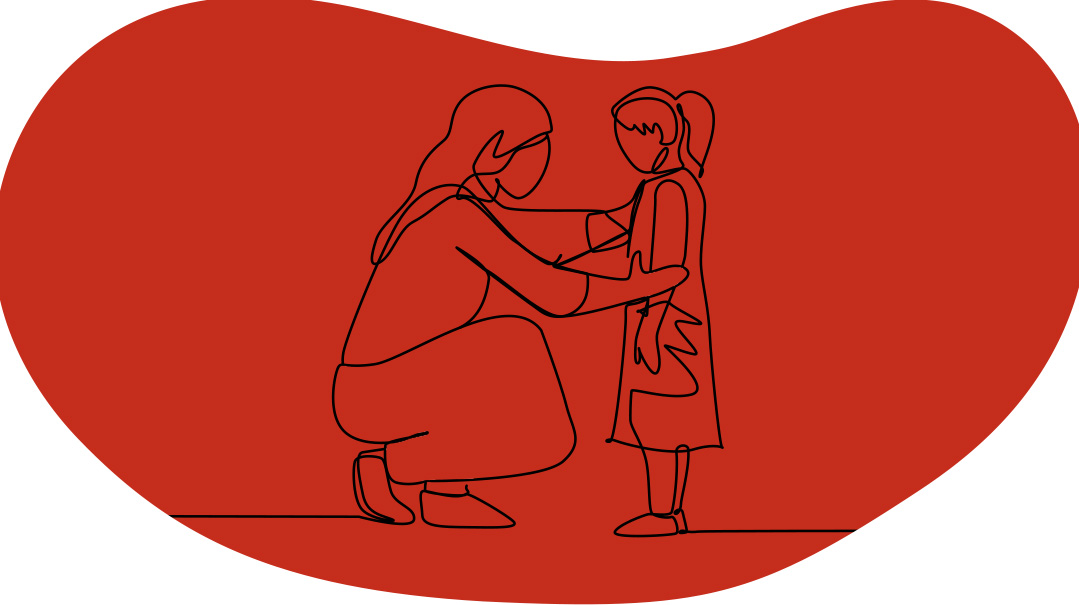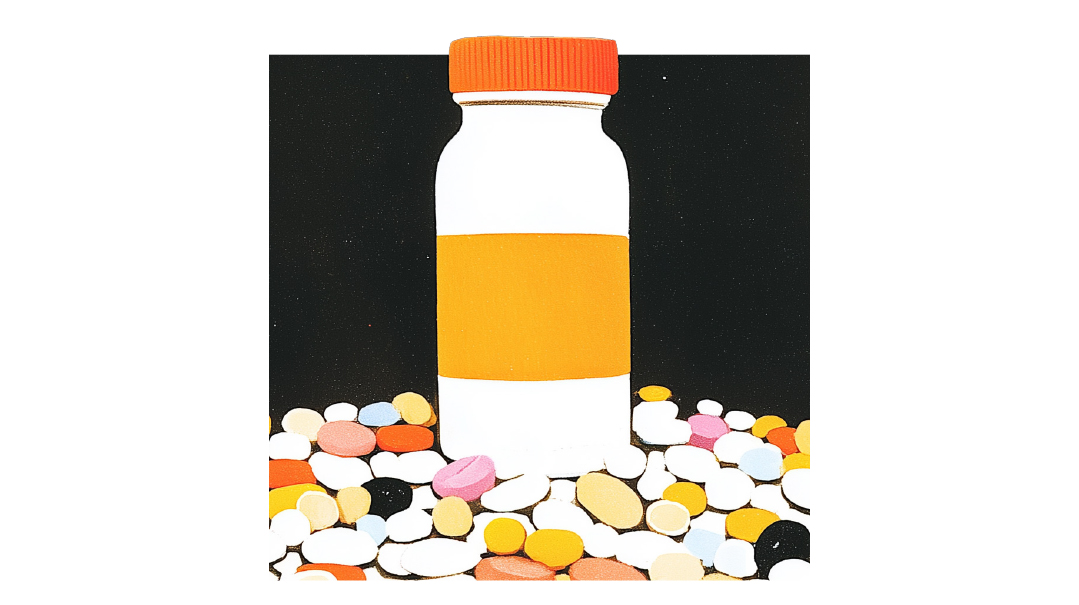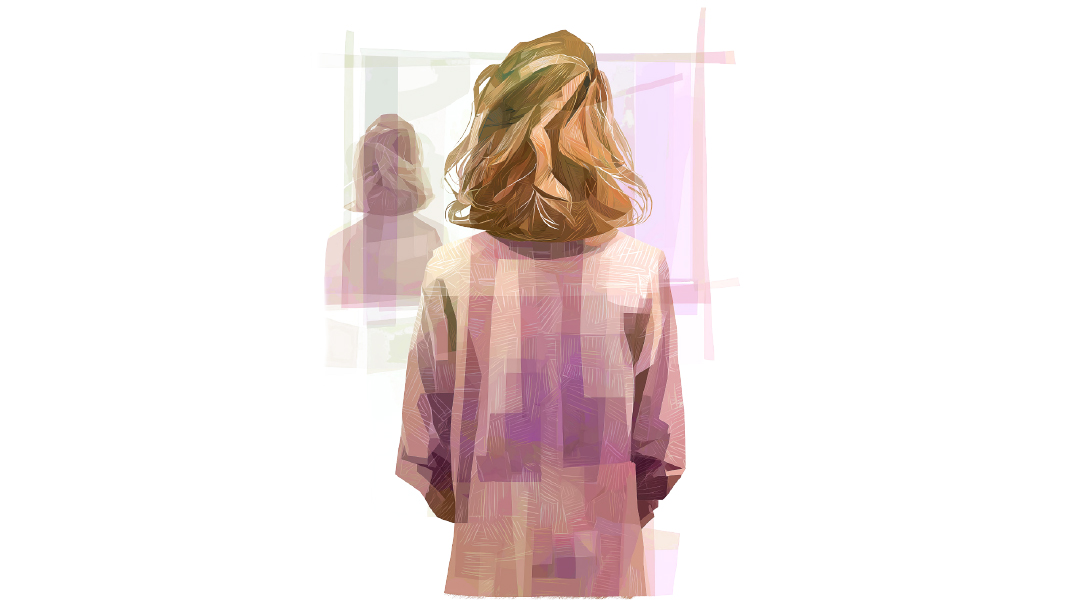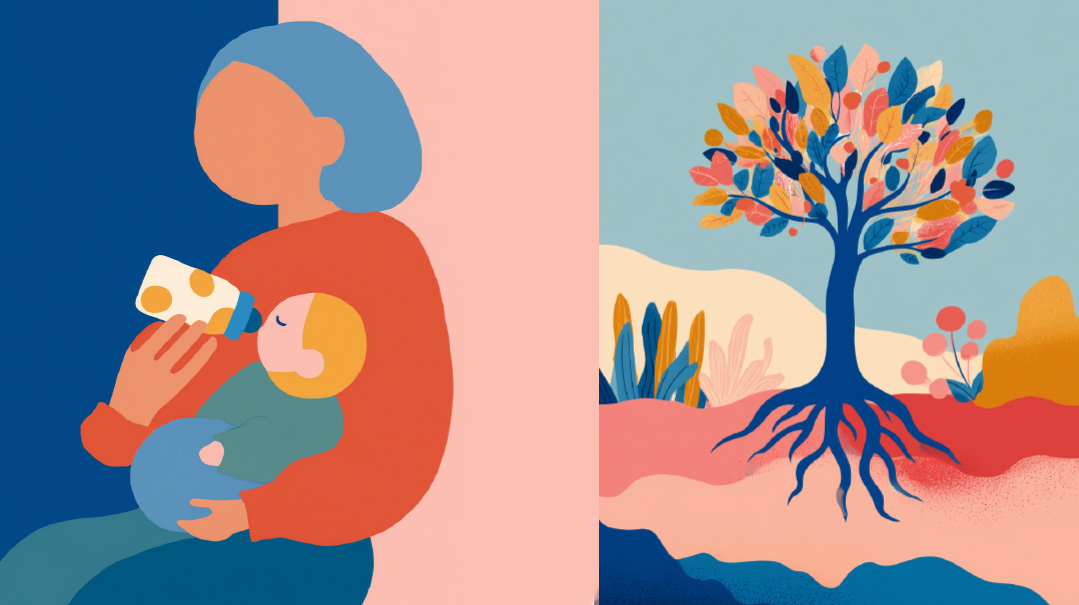A Kind “No”
| October 25, 2022No creates a boundary — a line demarcating what you are and are not going to do

A Kind “No”
Shoshana Schwartz
NO is a simple two-letter word.
No is a word that often makes people feel bad — the person saying it as well as the person hearing it. What’s worse, we sometimes discover that no bursts out of us as an aggressive or angry response. Often, this eruption shocks us just as much as the recipient. Where’s all this intensity coming from?
No creates a boundary — a line demarcating what you are and are not going to do. When you’re unquestionably certain that no is the best answer, it’s much easier to set and stick to that boundary with equanimity. Your certainty makes the recipient’s disappointment, sadness, or anger easier to bear.
Check with Self
The same may happen with a spouse or friend. When you believe you have the right to say no, even if the reasons are clear only to you, your inner tension dissolves. When you’re ambivalent, you’re more likely to get inside the other person’s head and add their voices to your own, fueling the inner battle; you’re more worried about being judged for your decision; you’re more likely to fear confrontation that might ensue.
Certainty allows you to say no with compassion, sans compensatory defensiveness that reflexively erupt out of you.
Before offering what you presume will be an unpopular no, pause to reflect on what’s happening inside you. Assess your level of certainty, check in with your need to keep the other person happy, and remind yourself that you have the right — and responsibility — to set boundaries in the form of thoughtful decisions.
When you know you’re allowed to say no to a request (or demand) that doesn’t work for you, it’s much easier to say no with kindness.
Calmly Certain
Twelve-year-old Chaya is invited to Adina’s house for a Shabbos sleepover with some friends. Adina’s parents are away; there won’t be adult supervision.
An easy no, right? So easy that you can kindly and calmy reject the idea.
Even if Chaya is crushed, your certainty prevails. Her assurance that “Dassi and Tehilla and Ruti are going!” leaves you incredulous but no less confident. “I’ll be an outcast” and “You don’t trust me!” tug at your heartstrings, but there’s no statement persuasive enough to make you doubt the rightness of this no. Your confidence enables you to be both firm and compassionate. Chaya may still be frustrated, angry, or feel misunderstood, but she’s less likely to feel unloved.
What if Chaya is 16? Or 18? If the other parents allow it, perhaps you’re being overprotective? Perhaps a show of trust in your daughter is crucial at this stage? Perhaps this is exactly the opportunity she needs to flourish socially? Suddenly, doubts ping-pong inside your head. The internal debate grows as Chaya anxiously awaits an answer.
As your certainty diminishes, fear expands, and your imagination takes you on a sightseeing tour of all the varied, frightening outcomes of a wrong decision. Your pulse quickens, your muscles grow tight. When Chaya presses for an answer, the no explodes out of you, adding insult to perceived injury.
The forcefulness of anger gives you the illusion of power and control, compensating for your lack of confidence. Ironically, guilt often follows, and you might try to assuage the guilt by changing your mind and saying yes, or feeling you “owe” her in some other way.
Shoshana Schwartz specializes in addiction and codependency. She gives in-person and online addiction prevention lectures and workshops to education and mental health professionals, community leaders, and parent groups, as well as 12-Step workshops for non-addicts.
Breathing Past Anxiety
Dr. Jennie Berkovich
“Anxiety” is a ubiquitous buzzword that gets thrown around a lot. It usually calls to mind stressed and overwhelmed adults. However, over the last few years, anxiety has made its way into the pediatric lexicon as well. As children emerged from the pandemic, the incidence of mental health diagnoses skyrocketed, especially in the school-aged and teenage population.
Aside from post-pandemic anxiety, I often see teenagers who are stressed and anxious as a result of overscheduling and parents’ well-meaning but often misguided attempts to be involved in every aspect of their child’s life. Be mindful of this and speak to your child before making any commitment on their behalf.
There is a lot of variability in what we recognize as anxiety in kids. Younger children will cry, be hesitant to try new things, express worry, or have a hard time with transitions and new environments. Older children and teenagers can act out, be irritable, or struggle with new tasks or assignments. Anxious kids are often high achievers, extremely bright, and have a tendency to want to please others.
The good news is that anxiety can be a useful sign that we’re in a stressful or uncomfortable situation. The key is harnessing that anxiety and using it as a mechanism for listening to our body’s cues. There are a few tools that can help decrease anxious thoughts and doing them on a regular basis may improve the child’s overall mood. One such tool is deep breathing.
Have the child sit in a chair with both feet on the floor. Have them place one hand on their chest and one hand on their stomach. Inhale deeply for three counts and exhale for three counts. Repeat this for three minutes. Another useful tool is progressive muscle relaxation. Working from top to bottom, ask the child to contract a part of their body, count to five, then relax it. Do this from the head all the way down to the toes.
Despite these approaches, anxiety may become overwhelming and interfere with daily tasks. If that’s the case, a mental health professional should be consulted.
Dr. Jennie Berkovich is a board-certified pediatrician and serves as the Director of Education for the Jewish Orthodox Women’s Medical Association (JOWMA) Preventative Health Committee.
Physical First
Sarah Rivka Kohn
Whenever there’s change in behavior, we naturally want to see what’s going on emotionally. However, it’s just as important to rule out physical illness at the same time or prior to seeing a mental health professional. Thyroid issues, anemia, dehydration, blood pressure issues — all of these are just a sampling of physical ailments that can cause mental health-related symptoms.
This is always true, but it’s especially crucial when dealing with children or aging adults. Both often don’t have the ability to fight things that don’t sit well with them — sadly, their words aren’t taken seriously enough. Whenever sudden behavior changes, panic attacks, or startling mood swings set in, get a full physical workup, then move on to mental health assessment.
Sarah Rivka Kohn is the founder and director of Zisel’s Links and Shlomie’s Club, an organization servicing children and teens who lost a parent.
(Originally featured in Family First, Issue 815)
Oops! We could not locate your form.







